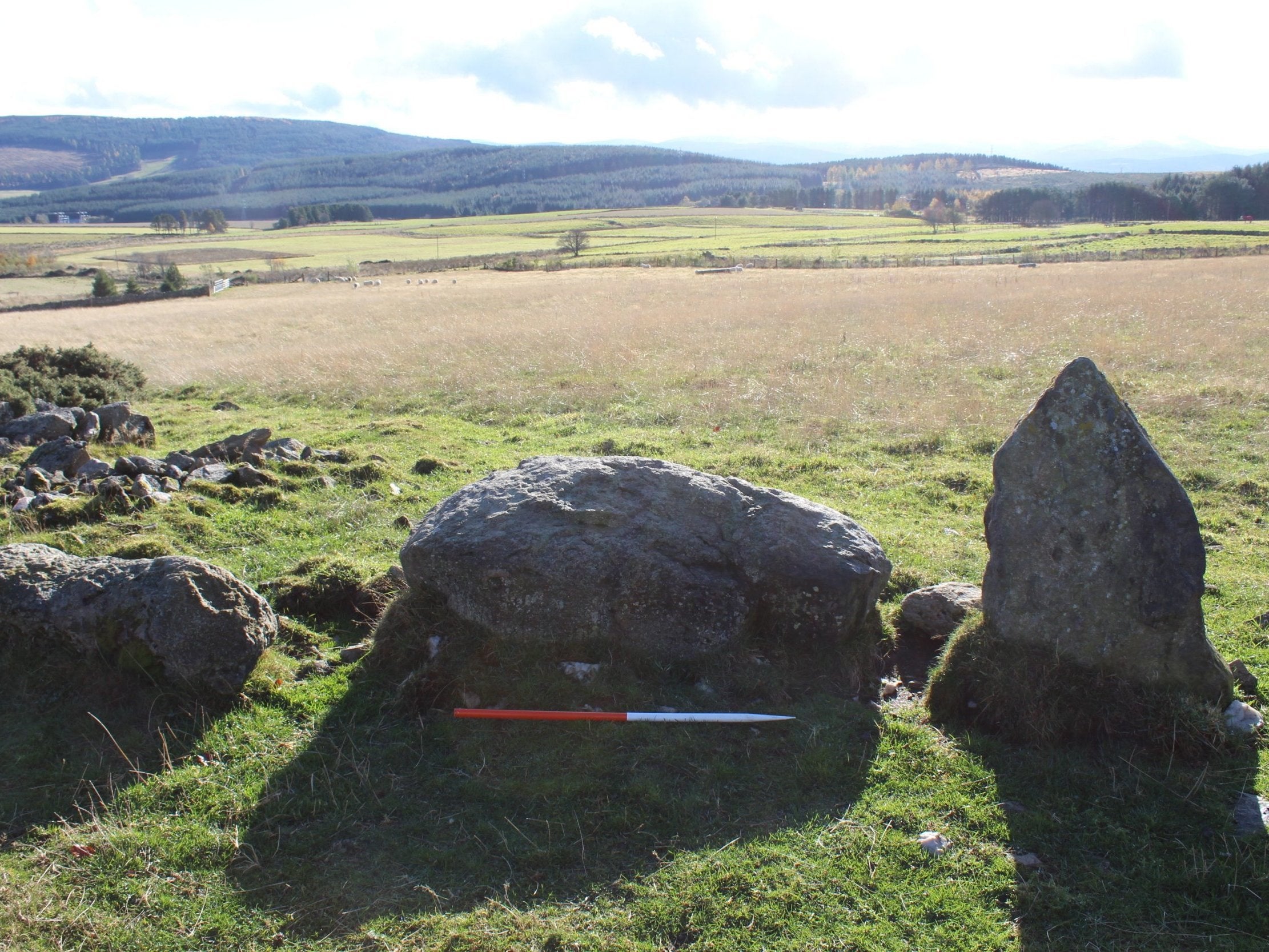Scottish farmer admits ‘ancient’ stone circle actually built in 1990s
Historians believed structure dated back 3,500-4,500 years
Your support helps us to tell the story
From reproductive rights to climate change to Big Tech, The Independent is on the ground when the story is developing. Whether it's investigating the financials of Elon Musk's pro-Trump PAC or producing our latest documentary, 'The A Word', which shines a light on the American women fighting for reproductive rights, we know how important it is to parse out the facts from the messaging.
At such a critical moment in US history, we need reporters on the ground. Your donation allows us to keep sending journalists to speak to both sides of the story.
The Independent is trusted by Americans across the entire political spectrum. And unlike many other quality news outlets, we choose not to lock Americans out of our reporting and analysis with paywalls. We believe quality journalism should be available to everyone, paid for by those who can afford it.
Your support makes all the difference.Archaeologists have had their celebrations cut short after it emerged an “ancient” stone circle was actually built by a farmer less than 30 years ago.
A landowner in the parish of Leochel-Cushnie, in Aberdeenshire, reported the find to historians in December, who began researching what they thought was a centuries-old recumbent stone circle.
But their excitement was cut short when the farm’s former owner contacted them to confess he built the stone circle as a replica in the mid-1990s.
Neil Ackerman, historic environment record assistant at Aberdeenshire Council, said: “It is obviously disappointing to learn of this development, but it also adds an interesting element to its story.
“That it so closely copies a regional monument type shows the local knowledge, appreciation and engagement with the archaeology of the region by the local community.
“I hope the stones continue to be used and enjoyed – while not ancient, it is still in a fantastic location and makes for a great feature in the landscape.”
Recumbent stone circles often date back 3,500-4,500 years and are unique to the northeast of Scotland.
Their defining feature is a large horizontal stone (the recumbent) flanked by two upright stones, usually situated between the southeast to southwest of the circle.

They are well known and spread throughout the northeast of Scotland, but it is rare to find a previously unrecorded one.
Mr Ackerman added: “These types of monument are notoriously difficult to date.
“For this reason we include any modern replicas of ancient monuments in our records in case they are later misidentified.
“We always welcome reports of any new, modern reconstructions of ancient monuments, especially those built with the skill of this stone circle and that reference existing monument types.”

Join our commenting forum
Join thought-provoking conversations, follow other Independent readers and see their replies
Comments